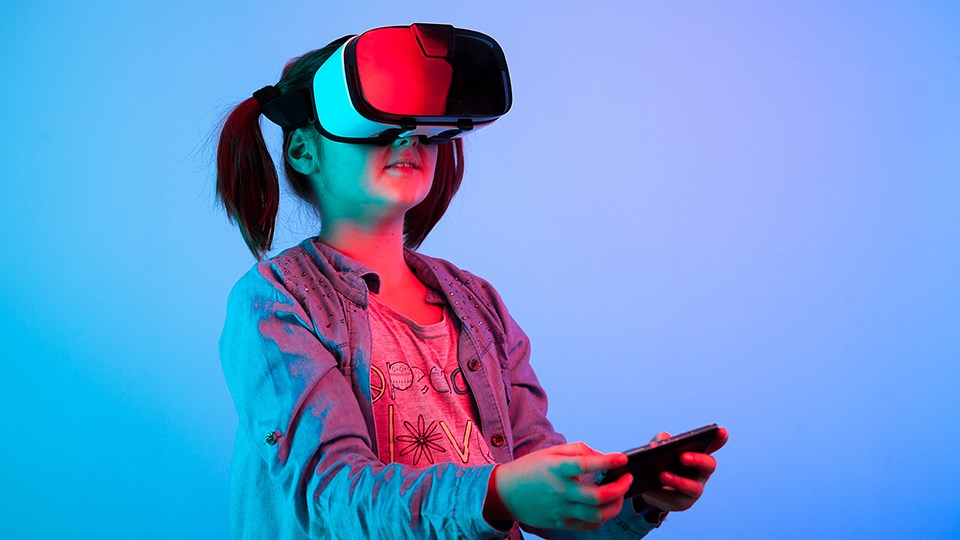Fear not, for 5G health hazards are “grossly overblown” going into 2021.
Deloitte is urging Canadians not to sweat it as telecommunications companies ramp up deployment of next-generation mobile networks in the new year
In its annual Technology, Media and Telecommunications (TMT) Predictions report, released today (Dec. 8), the professional services firm acknowledged the perceptions held by some that 5G causes cancer and that 5G-emitted radiation weakens the immune system to allow COVID-19 to spread.
“Both of these fears, in our view, are grossly overblown. We predict that in 2021, it is very unlikely that the radiation from 5G mobile networks and 5G phones will affect the health of any single individual, be it a 5G user, a user of any other generation of mobile phones, or any individual in the vicinity of a mobile network but not actually using a mobile device. There is no link between the growth in COVID-19 infections and the roll-out of 5G networks,” the TMT report states.
“Unfortunately, while extensive scientific evidence proves that mobile phone technologies have no adverse health impacts — not just for 5G but also earlier generations — we also predict that between 10 and 20 per cent of adults in many advanced economies will mistakenly equate 5G with possible harm to their health.”
The 10-20 per cent estimate stems from a May 2020 consumer poll conducted by Deloitte.
Canada was not among those countries included in the poll.
Among other predictions coming from this year’s TMT report: the adoption of augmented and virtual reality technology will accelerate, albeit for enterprise use rather than consumer use.
“The problem is that people don't like wearing headsets, and getting a paycheque and doing your job is a sufficient incentive to do so,” Duncan Stewart, Deloitte Canada’s director of research for TMT, told Glacier Media.
“But just wearing a VR headset is not a sufficient incentive to do it on your sofa for fun.”
The report, which Stewart co-authored, notes that overall spending on AR and VR headsets, software and services rose 50 per cent to US$12 billion globally in 2020 compared with the year before.
“The headset markets that are moving fastest right now are in immersive training, especially where real-world training would be dangerous, difficult, or expensive; for frontline health care workers; for use in retail (consumer-facing, but still an enterprise use case); and for building digital reality strategies across the domains of hardware, software, and services,” Deloitte concludes.
But even as wider adoption unfolds for businesses in 2021, Stewart said he’s skeptical that it will eventually translate into wider consumer adoption.
Instead, he’s pointing to the acceleration of virtual visits to the doctor amid the pandemic as an example of at least one technology trend that will carry on with significant momentum in a post-vaccine world.
“Once you've done the video once, if you can get away with it — why wouldn't you? And patients feel that way, doctors feel that way. It's faster and easier for them,” Stewart said, adding that older generations who invested in tablets and better internet connections to stay in touch with friends and family during the pandemic will continue using that technology even after being vaccinated.
“Their brains have changed. My [80-year-old] mother could now do a tutorial on how to do a Zoom call.”
Deloitte forecasts virtual visits with doctors will rise five per cent globally next year — up from one per cent in 2019.
“While five per cent may not sound like much, consider that 8.5 billion doctor’s visits, worth a total of approximately US$500 billion, took place in the Organisation for Economic Co-operation and Development [OECD] 36 countries in 2019 alone,” the report states.
“Five per cent of that would translate into more than 400 million video visits and about US$25 billion in value, depending on how much doctors are paid (either directly by a patient, by insurance, or by national health insurance) for video visits compared to in-person ones.”
And as professional athletes either take to competing in bubbles or become accustomed to stringent health checks in the new year, sports analytics are also expected to take an even more prominent role amid growing concerns over player safety.
“We are at a tipping point where the major leagues in multiple sports really, really care about this stuff. Does that turn into consumer gear right away? No, there's probably going to be a bit of a lag,” Stewart said, referring to tech ranging from accelerometers in hockey helmets to radiofrequency identification (RFID) tags in football players’ pads or footballs.
Deloitte said there is also likely a consumer play in store, with real-time metrics becoming increasingly available to both teams and spectators.
“In the near future, it may become commonplace for fans sitting in a stadium or arena to look up at the scoreboard and see players’ top speeds in real time, or a ranked list of players’ level of physical exertion during the game. The same information could also be broadcast to viewers at home and streamed on social media,” the report states.
“Fans, both at home and in person, could use their mobile devices to place a bet in real or virtual currency on the outcome of the next play, with the odds influenced by positional and biometric data. Ideally, this would all be backstopped by robust agreements among all involved that guarantee voluntary collection of data, protect players’ rights, provide for proper data security and privacy, and set out detailed licensing and compensation rules.”



